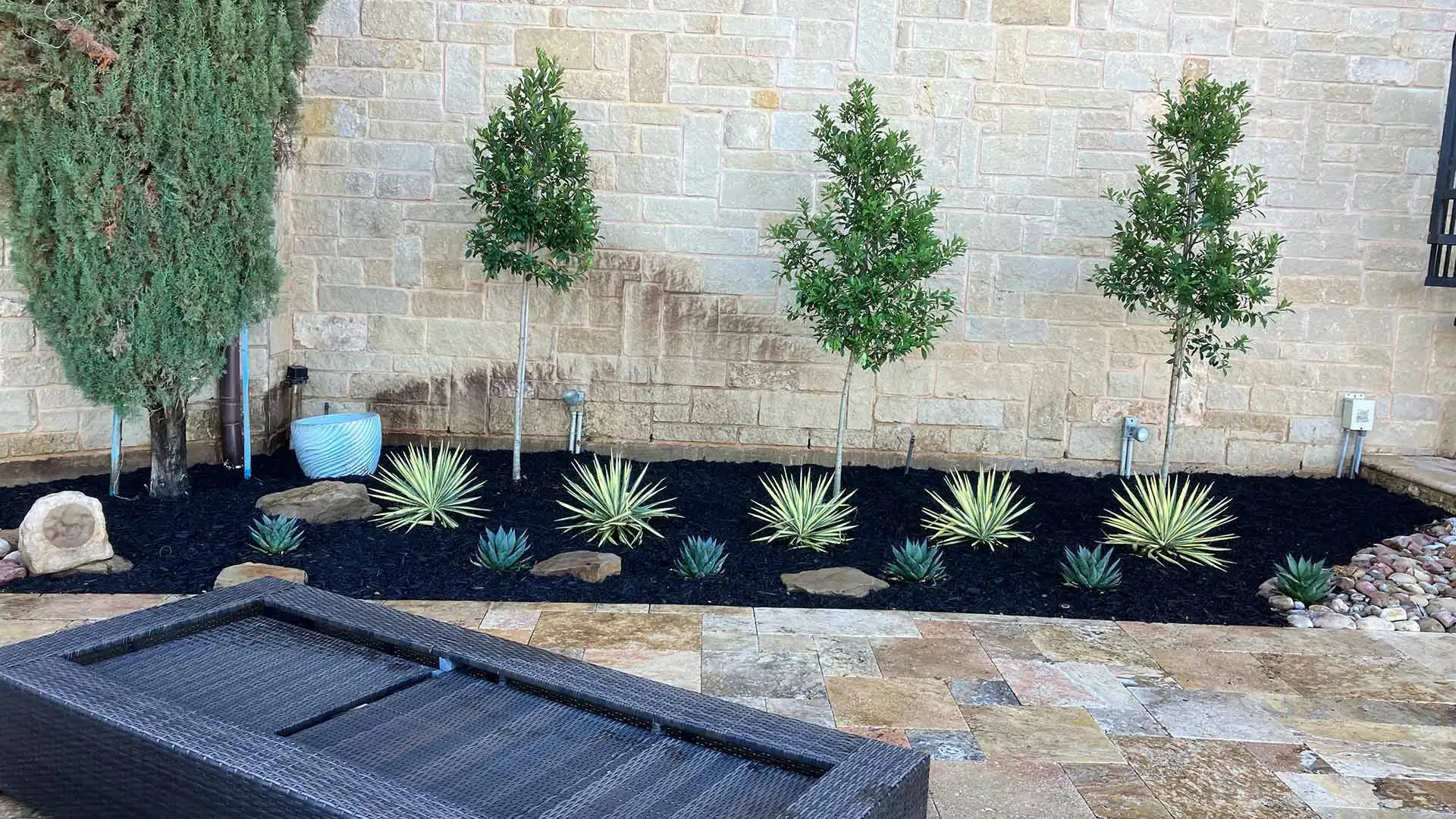Showing 1-10 of 77 articles.
Mow Like a Pro: Essential Lawn Mowing Tips for Texas Homeowners
Published on Friday, April 05, 2024
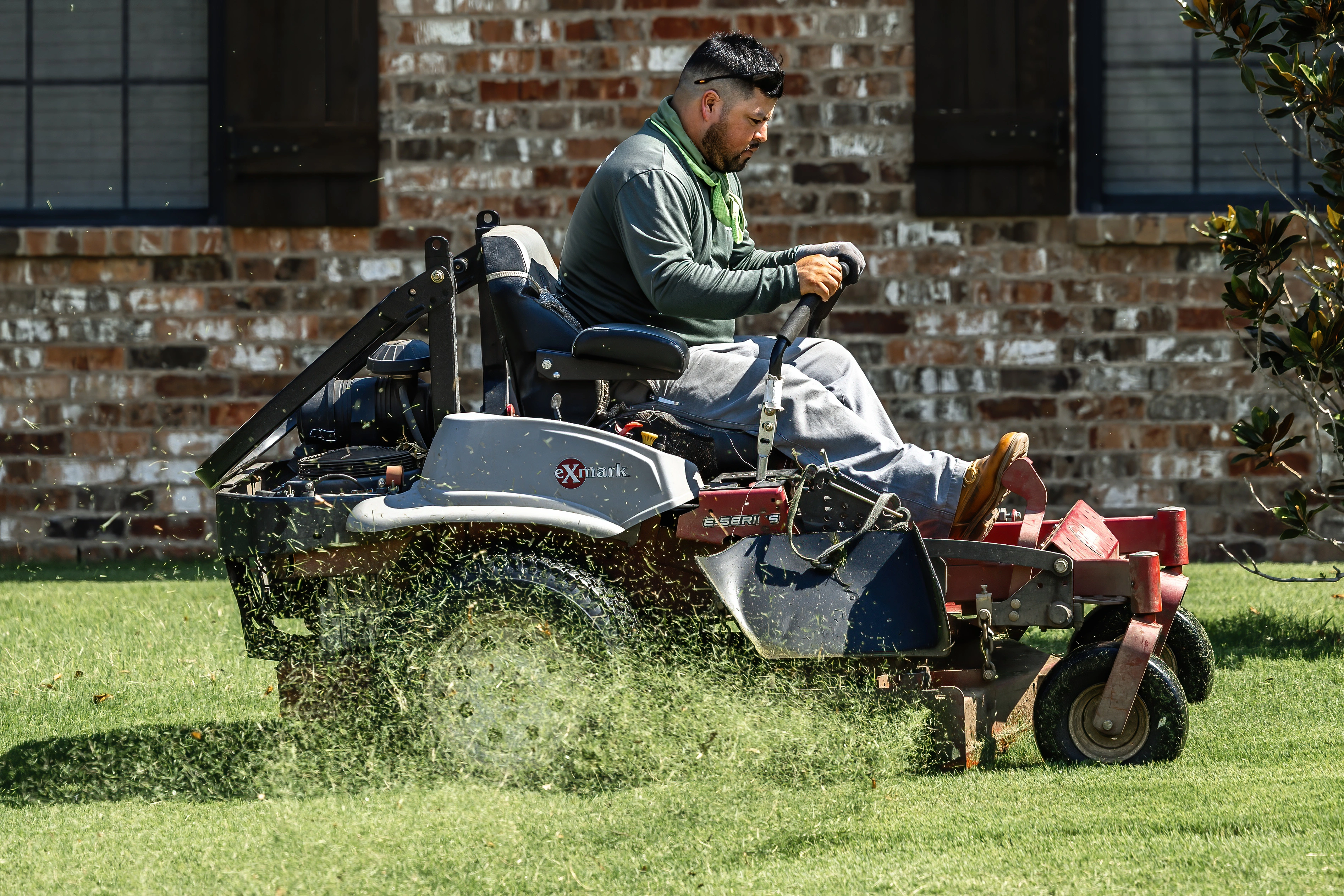
As the temperatures start to climb in Texas and the grass begins to grow more quickly, it's important to stay on top of your lawn mowing routine to keep your yard looking ...
Spring Into a Thick, Weed-Free Lawn: Pre-Emergent Weed Control and Fertilization
Published on Tuesday, March 12, 2024
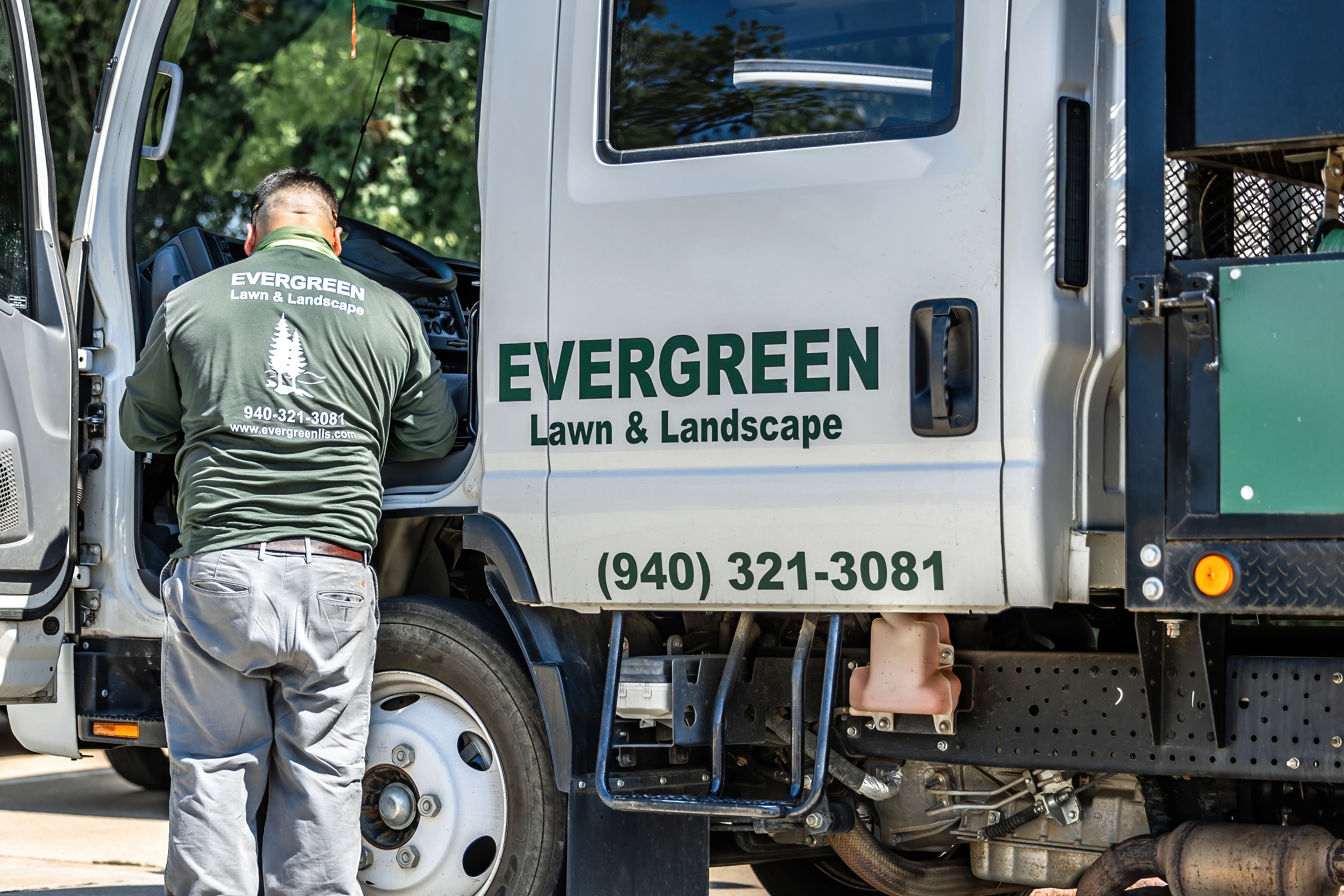
As temperatures begin to rise and springtime blooms start to appear, it's the perfect time to start thinking about the health and appearance of your lawn. One of the best ...
From the Roots Up: Enhancing Your Lawn with Fertilization
Published on Tuesday, March 12, 2024
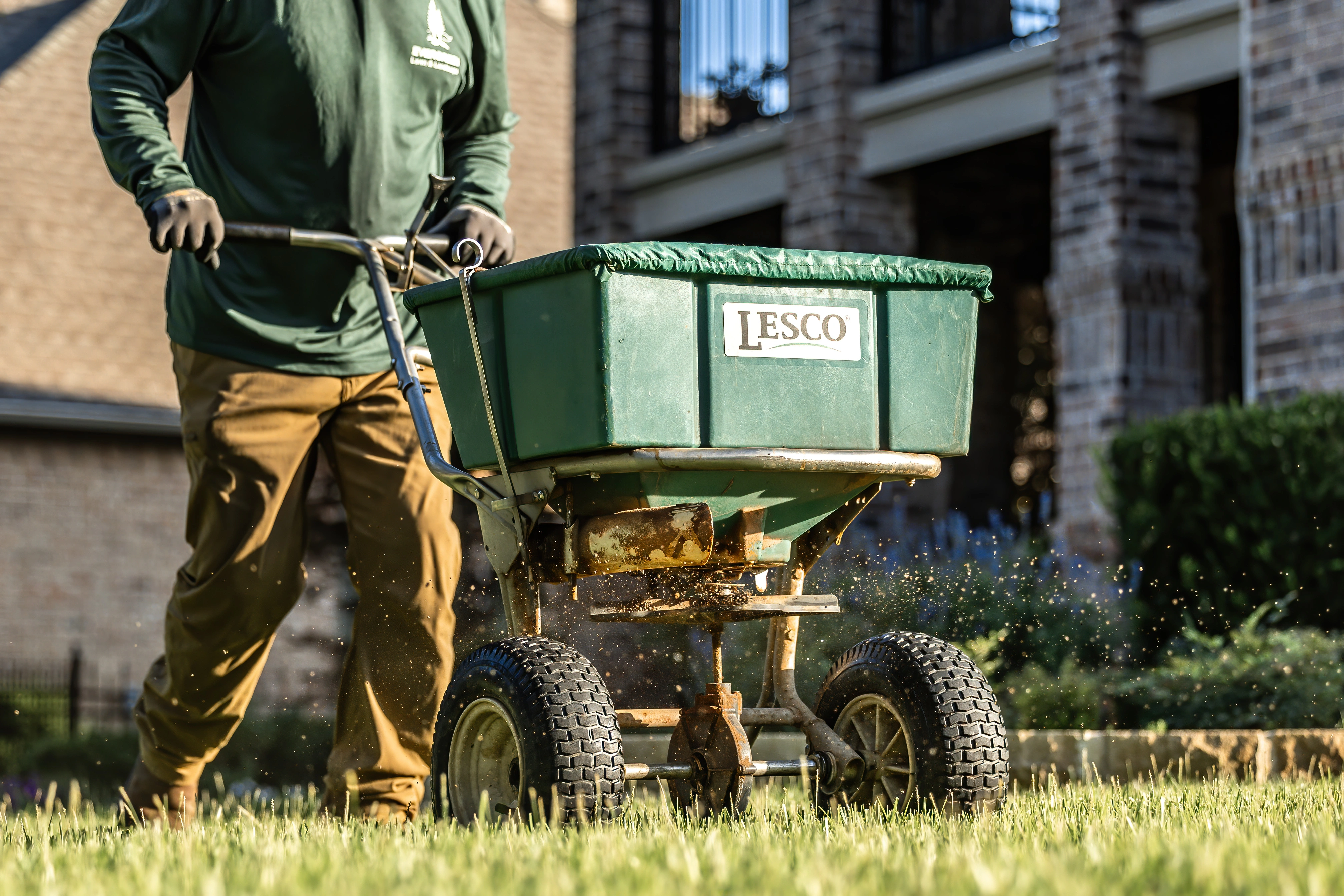
Spring is in the air, and for many homeowners in Argyle, TX, that means it's time to start thinking about giving your lawn a facelift. One of the most important tasks you ...
Keeping Your Lawn Looking Its Best: The Advantages of Pre-Emergent Weed Control
Published on Tuesday, March 12, 2024
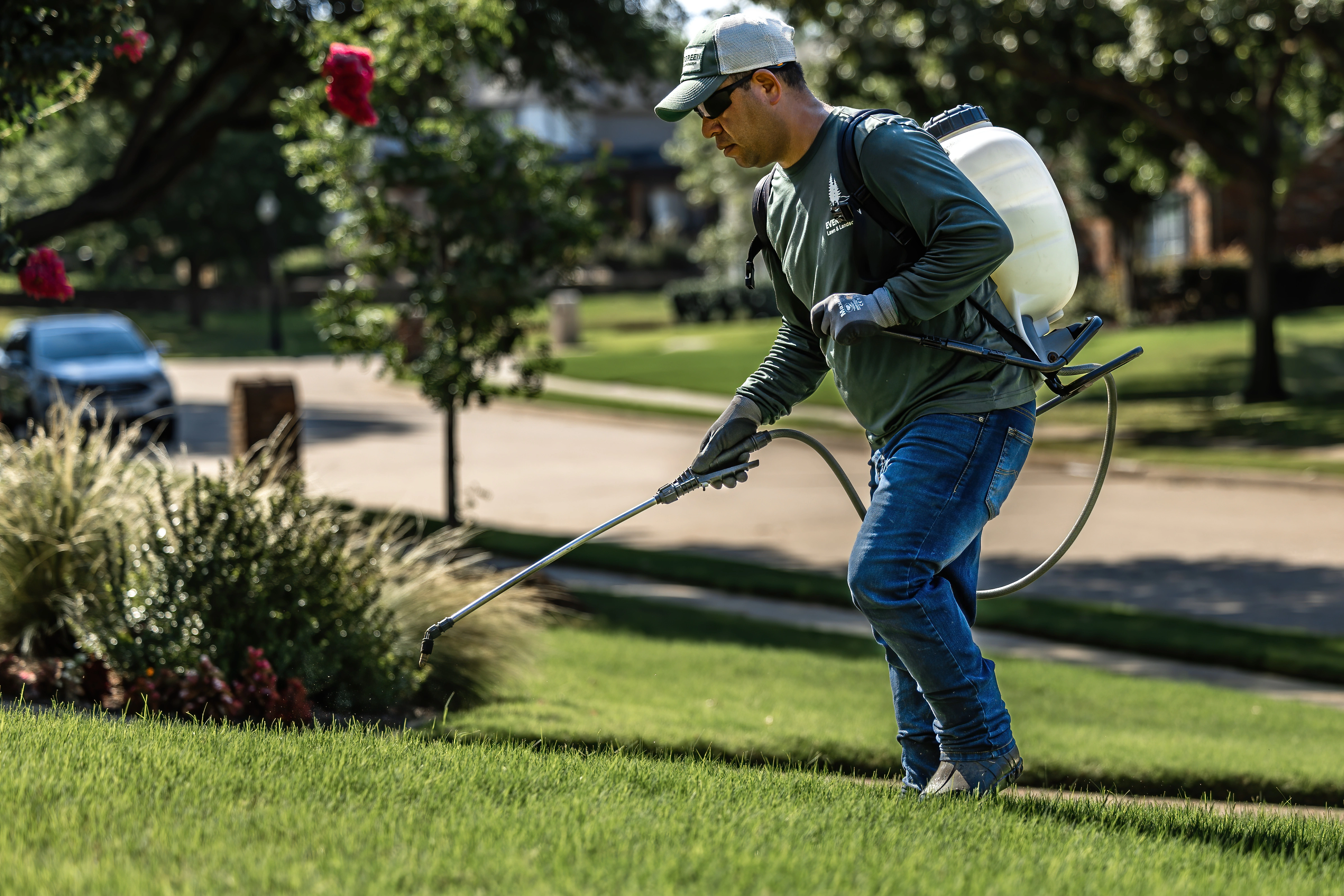
As the weather starts to warm up and the days get longer, many homeowners in Argyle, TX are starting to think about how they can improve the appearance of their lawns. One of ...
Weed Control Is a Crucial Step When It Comes To Fall Lawn Care
Published on Wednesday, December 13, 2023

Weeds are persistent in trying to take over your lawn in Texas, so you want to ensure it has top-notch protection against them. That's where weed control...
Should You Keep Fall Leaves on Your Lawn or Remove Them?
Published on Wednesday, December 13, 2023
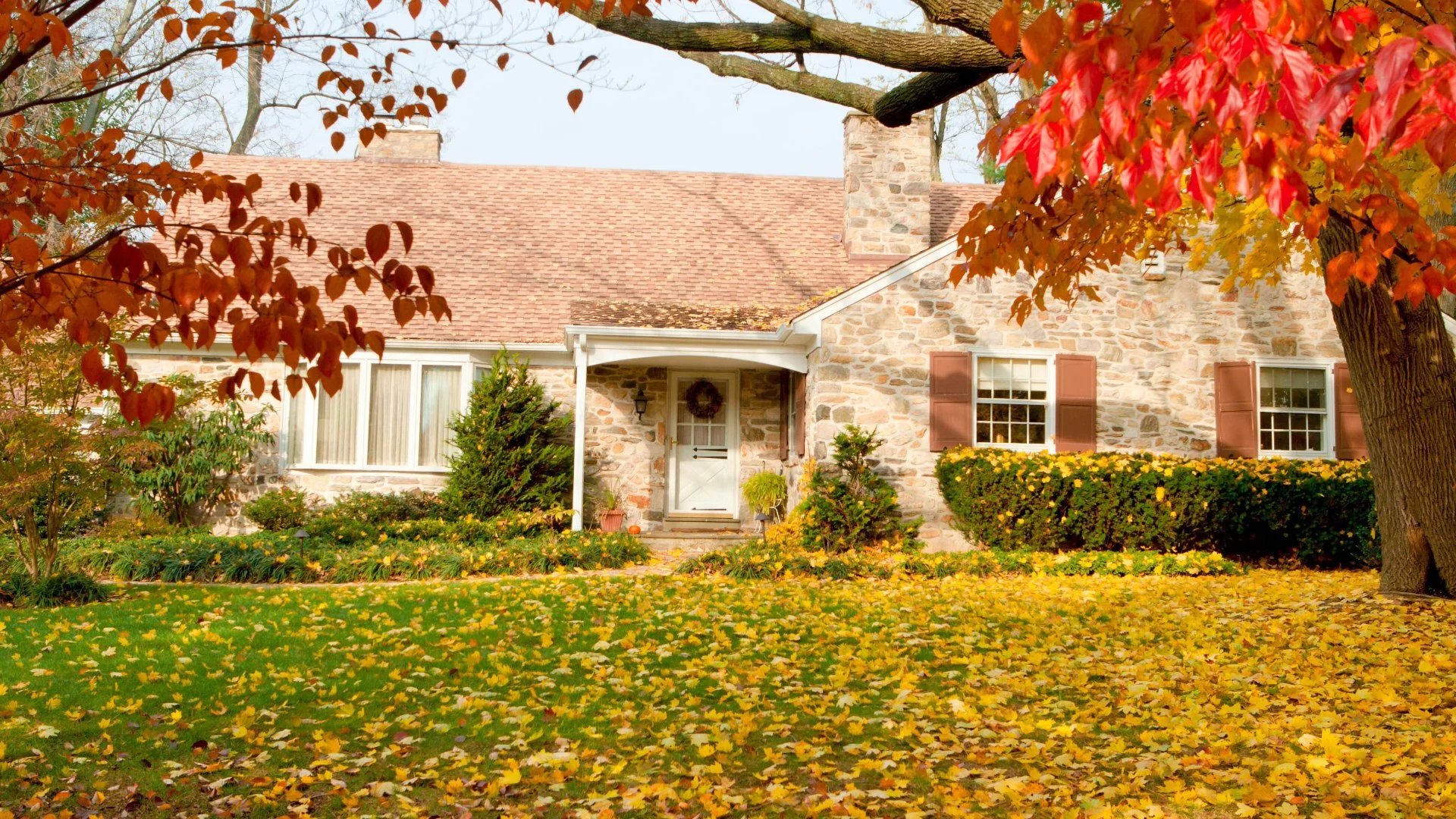
When leaves start to drop in the fall, they can quickly accumulate on your lawn. When this happens to your lawn in Texas, what should you do? Well, it depends on how...
How Long Should You Wait To Let Your Pets Outside After a Fertilizer Treatment?
Published on Monday, November 27, 2023

Fertilization is vital for keeping your lawn in Texas healthy and green. However, if you have pets, you may wonder how long you should wait before letting them back...
Does Your Lawn Have Armyworm Damage? Here’s How To Tell & What To Do
Published on Monday, November 27, 2023

Armyworms are common lawn insects in Texas that can cause extensive damage to your turf if left to their own devices. These pests are the larvae of certain species of ...
4 Steps to Completely Transform Your Landscape Beds & Your Home's Curb Appeal
Published on Monday, November 27, 2023
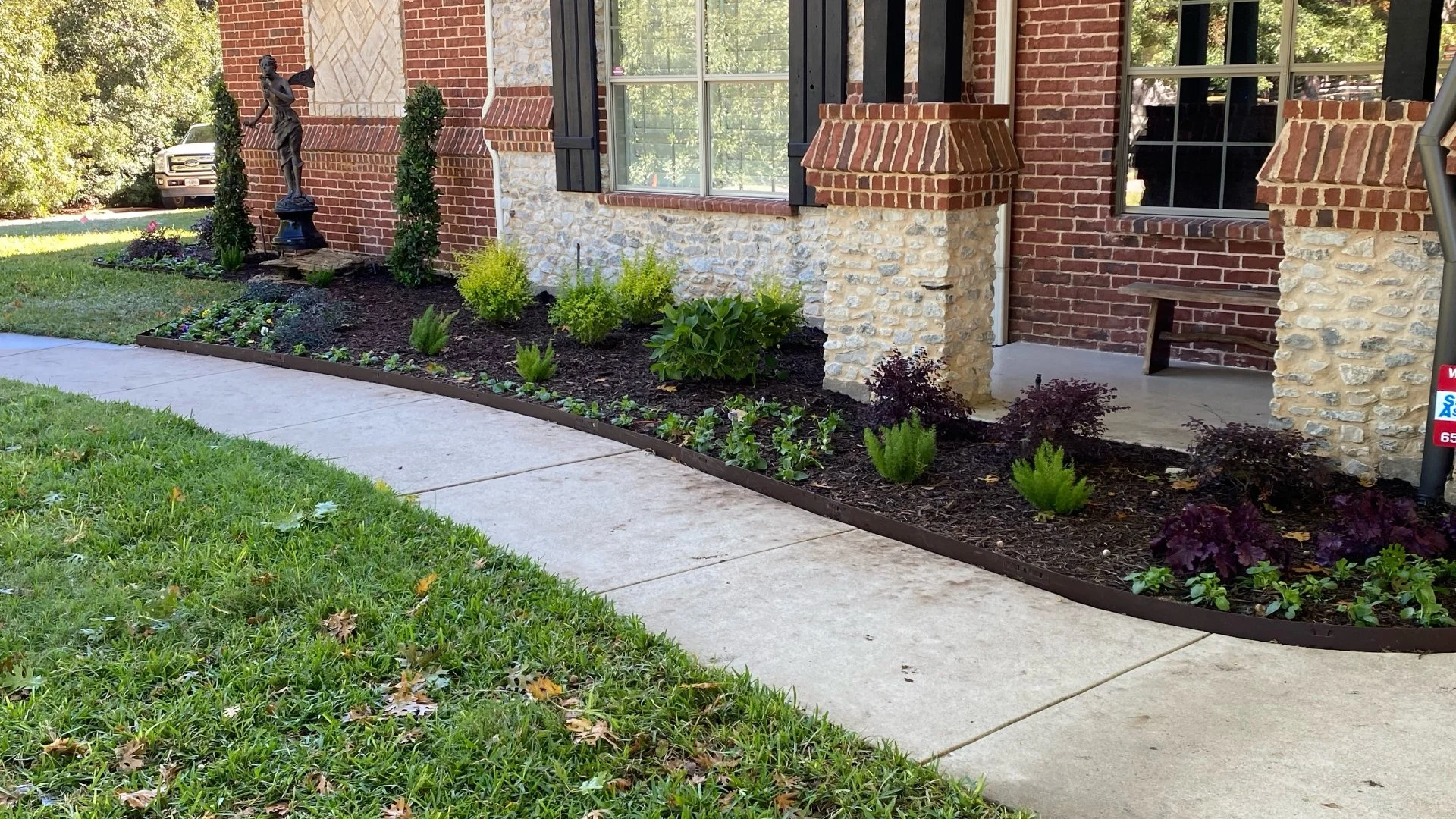
Your landscape beds are focal points on your property in Texas, and keeping them at their best will boost its curb appeal. Fortunately, there are four steps you can...
What Type of Sod Is Best for Lawns in Texas?
Published on Friday, November 17, 2023

If you're looking to establish a new lawn on your property in Texas, there are many different types of sod that you can choose from. However, there are four types of sod...

